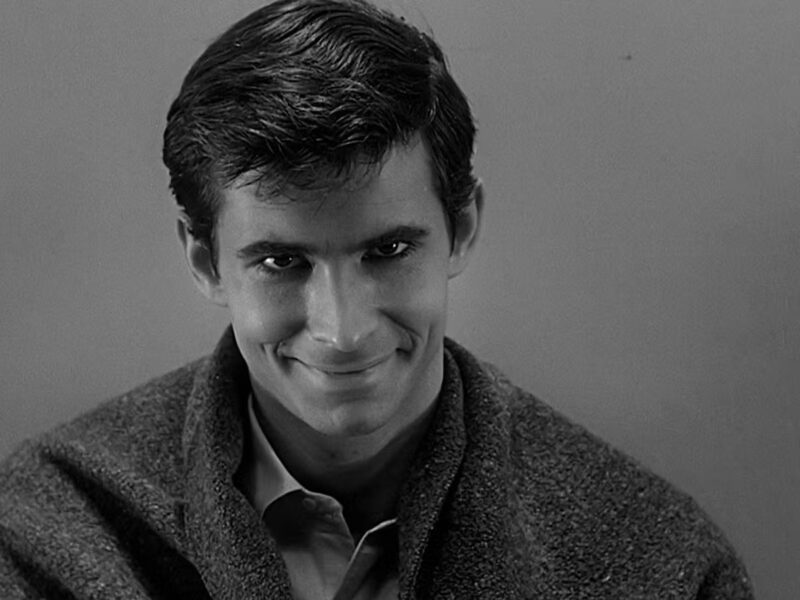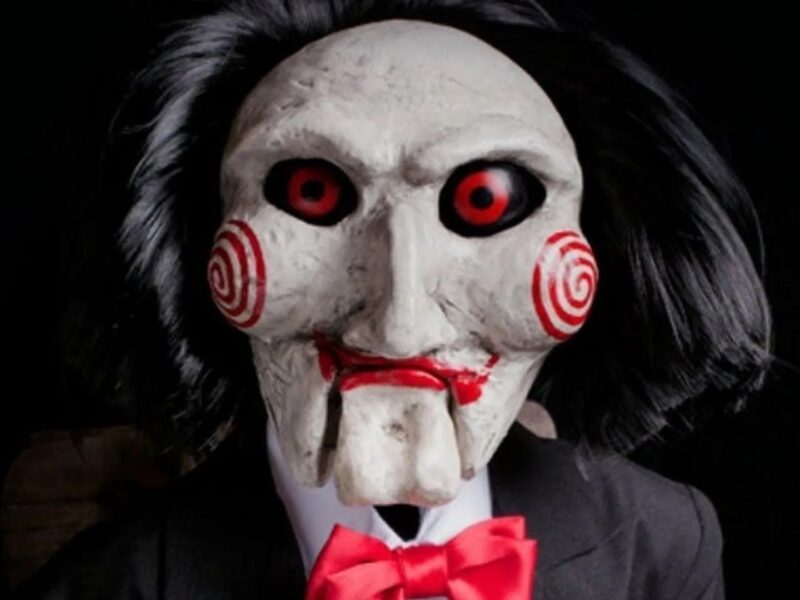
Ballet of blood and guts: A rundown of ‘Suspiria”s best bits
Gorehounds, rejoice! The Suspiria remake is a very nasty surprise indeed. Exclusive footage – screened at CinemaCon 2017 by Italian director Luca Guadagnino (Call Me by Your Name) – had the audience “looking away in horror”.
The sequence in question reportedly showed unwitting heroine Susie Bannion (Dakota Johnson) practicing a ballet routine, cross-cut with gruesome images of another young woman being brutally torn apart and mangled until there was nothing left but “a mess of broken bones, urine, spittle, and blood”. Yikes! Now imagine that set to a pulsing score by Radiohead’s Thom Yorke and you’ve got a Suspiria resurrected for the 21st century.

These reports of ridiculously OTT levels of violence have got us thinking about what made the original 1977 shocker so memorable: jaw-dropping, almost hallucinatory set pieces, with a garish color palette straight out of your nightmares; death scenes that are visceral and extravagant; and an ever-mounting body count pounded out to a trippy, out-of-this-world score.
1977’s Suspiria had all the makings of a cult classic, and it was headed by another Italian horror maestro Dario Argento, who directed and co-wrote Suspiria with his then-partner Daria Nicolodi.

SUSPIRIA
Dakota Johnson (center) and Mia Goth (center-left)
The movie tells the supernatural tale of an American ballet student (Jessica Harper, who will appear somewhere in the remake) arriving at a prestigious German academy as a bloody murder takes place. Soon the bodies are piling up, all kinds of crazy shit is going on, and it’s up to her to unravel the school’s horrible secrets.
In celebration of Guadagnino’s bone-crunching remake, let’s take a look at some of the best moments from the OG Suspiria and ask: how could they possibly be topped?
Suzy’s arrival
In the film’s opening moments, we follow Suzy as she touches down in Germany and makes her way out of the airport. With a crash of thunder and the introduction of Goblin’s heart-pounding score, the doors slide open and she’s swept out like Dorothy into a deafening storm.
She hails a cab, and that’s when it starts to have the disorienting feeling of slipping into a nightmare – the pouring rain, the swirling red & yellow lights, the taxi driver who can’t understand her, and was that a girl running through the woods in the middle of the night?
Death by razor wire
A student named Sarah is trapped in the school’s attic, pursued by an unknown assailant. She’s caught in an intricate, pulsating web of color with the killer closing in. Then she sees it – her chance to escape. She climbs up onto some rickety storage boxes and squeezes herself through a small window, dropping suddenly into a dark room piled high with coils of razor wire.
But this ain’t Saw; thankfully for poor Sarah, a mysterious black-gloved hand (a definite nod to Argento’s earlier giallo movies) appears to slice her throat open and put an end to all the suffering. Nothing about a room full of razor wire makes a lot of sense, but that’s one of the reasons it’s so effective – it’s absolutely batshit.
Glass ceiling
Here’s one of the most memorable scenes, one you might be familiar with even if you haven’t seen it before. Shortly after Suzy’s arrival at the school, another girl is repeatedly stabbed before being disemboweled, hurled through a stained glass ceiling, and hung with an electrical cord. Argento’s camera settles on a pool of blood collecting at her feet, then pans across to a friend impaled by a massive shard of glass. This is ballet school like you’ve never seen it before.
Dog attack
In this scene (emulated by another Italian horror maestro, Lucio Fulci, for 1981’s The Beyond), the school’s blind piano teacher is viciously attacked by his own seeing-eye dog as he stands out in an open square late at night. Argento expertly builds an atmosphere of dread, with his swooping camera and his use of both extreme wide-angles and close-ups.
The killing of Helena Markos
I won’t spoil the ending for you, but it’s as equally unforgettable as the rest of it. Even as you recoil in terror, you can’t help but be amazed by the intricacy of the sets, the colors, the sound design, the score – all of it. It’s a complete horror package. Surreal, nightmarish, and unrelenting, Suspiria has one of our favorite slow-burn reveals in horror history and it’s a flawless ending to this fucked-up fairytale.







